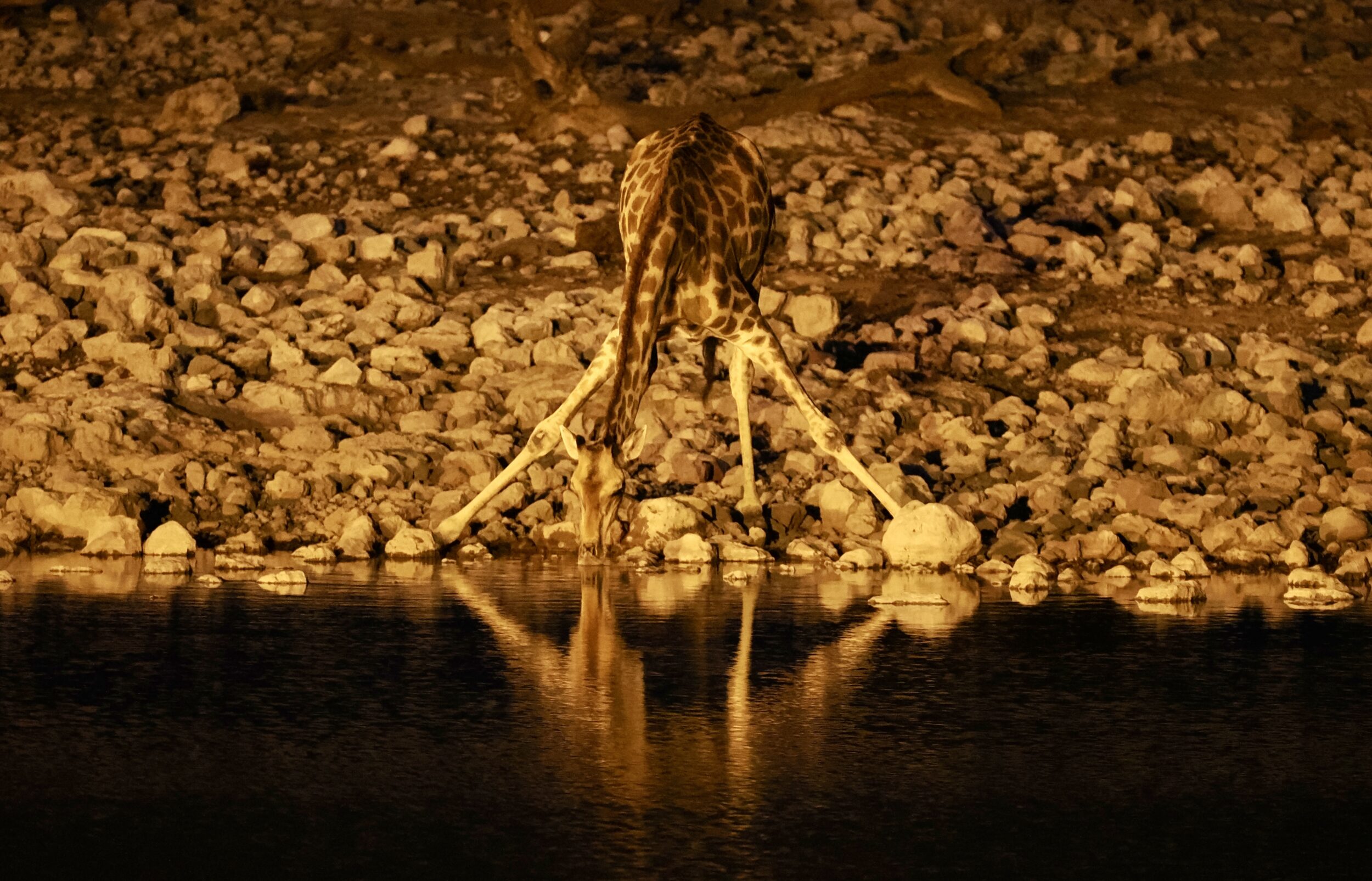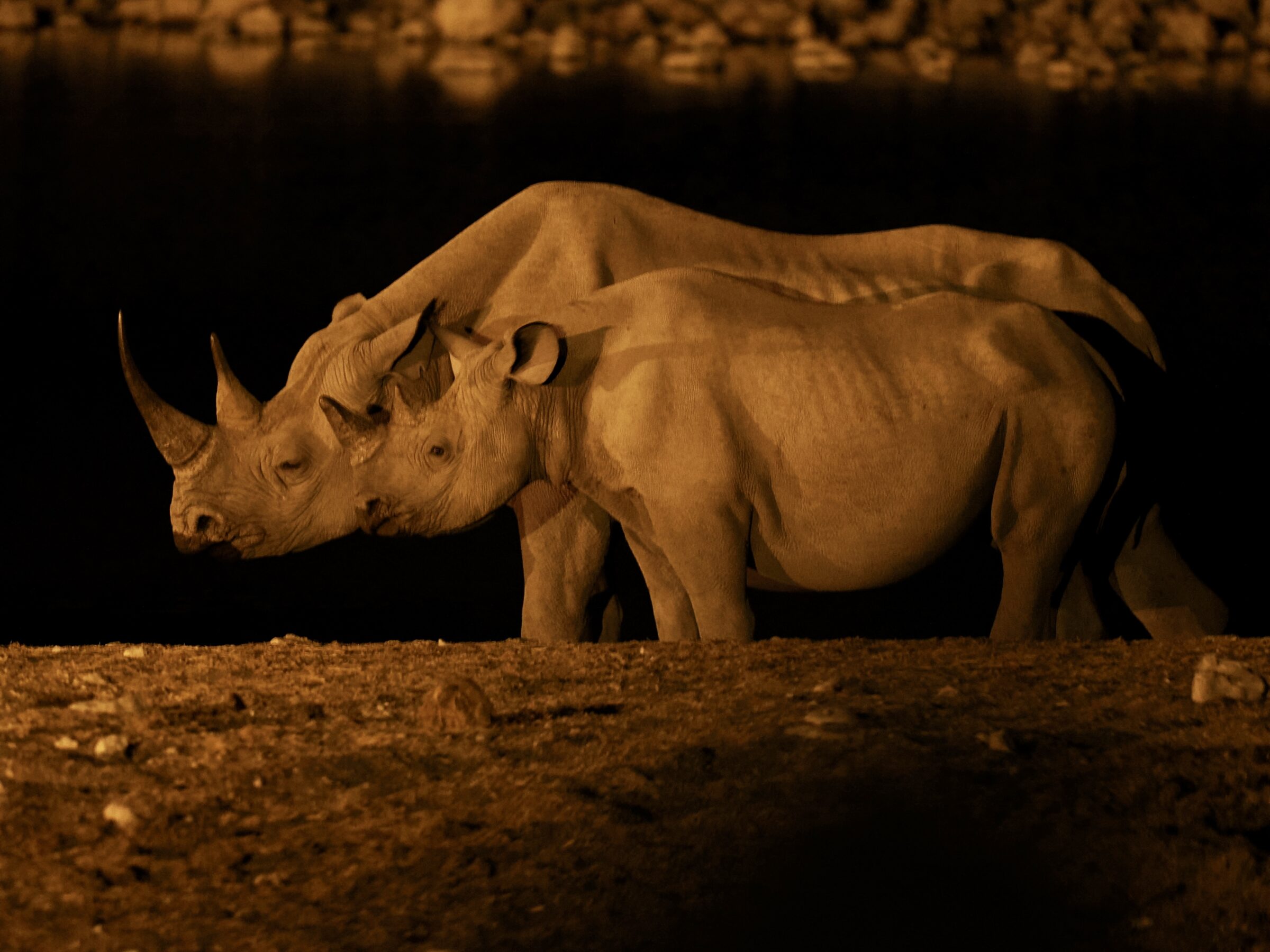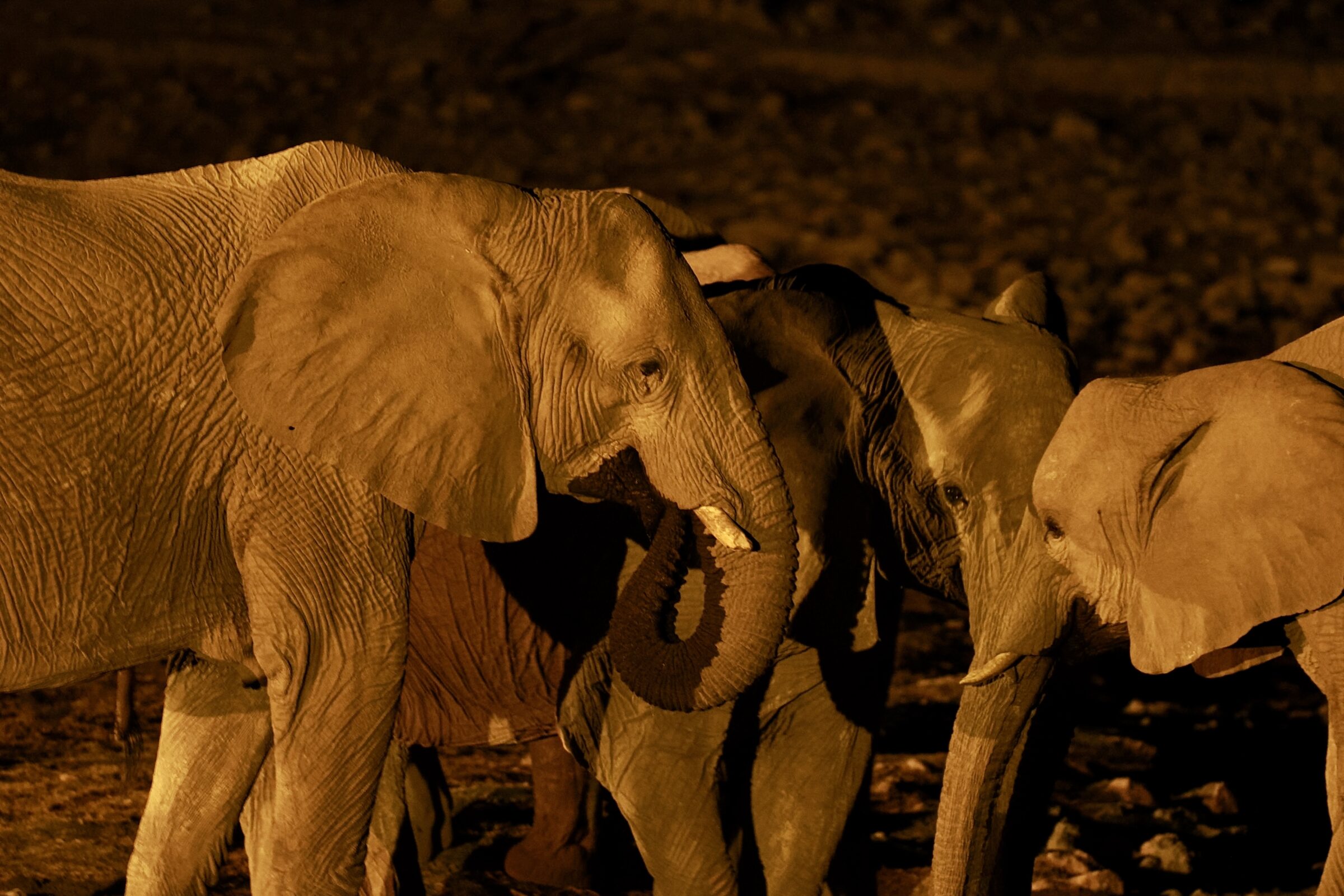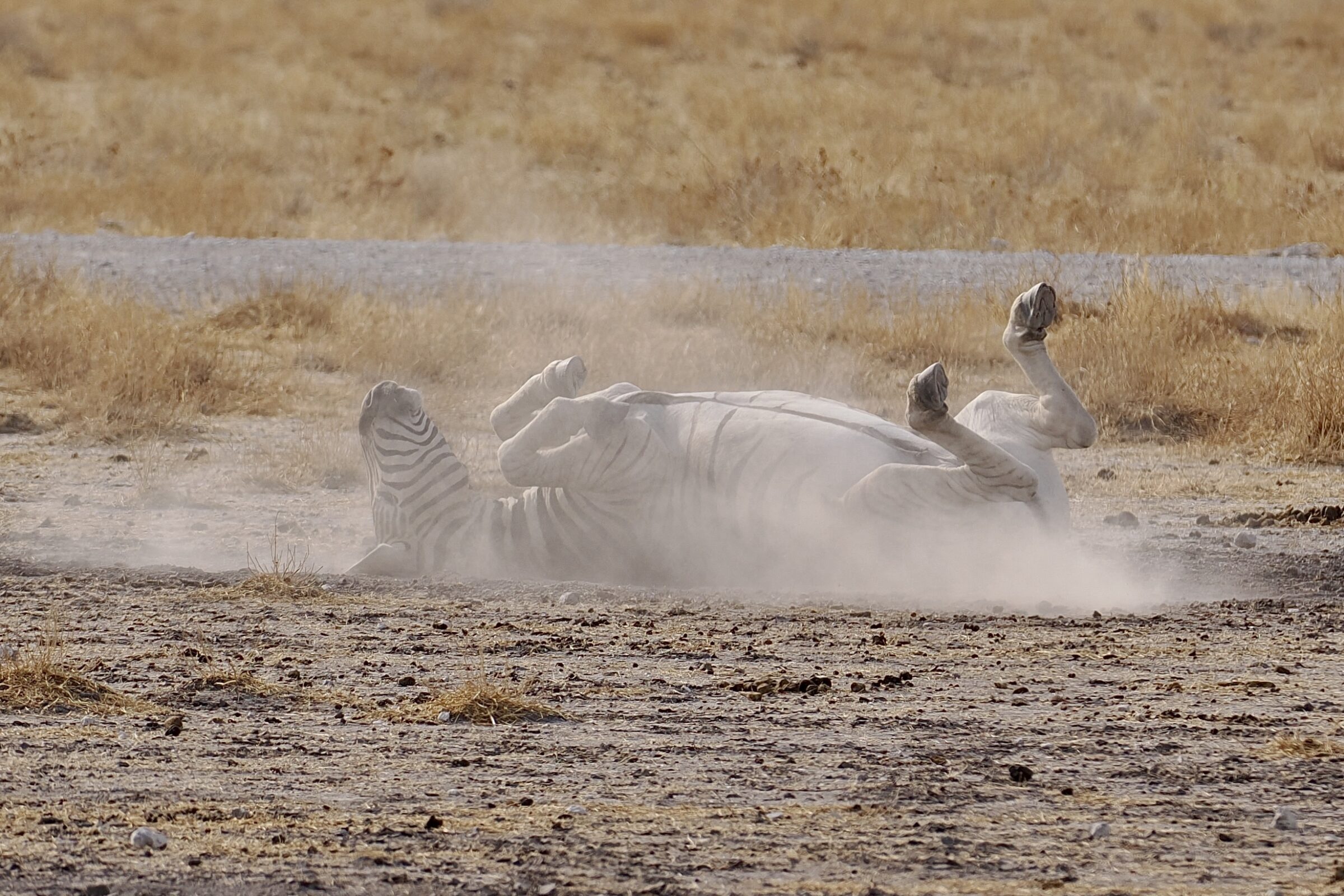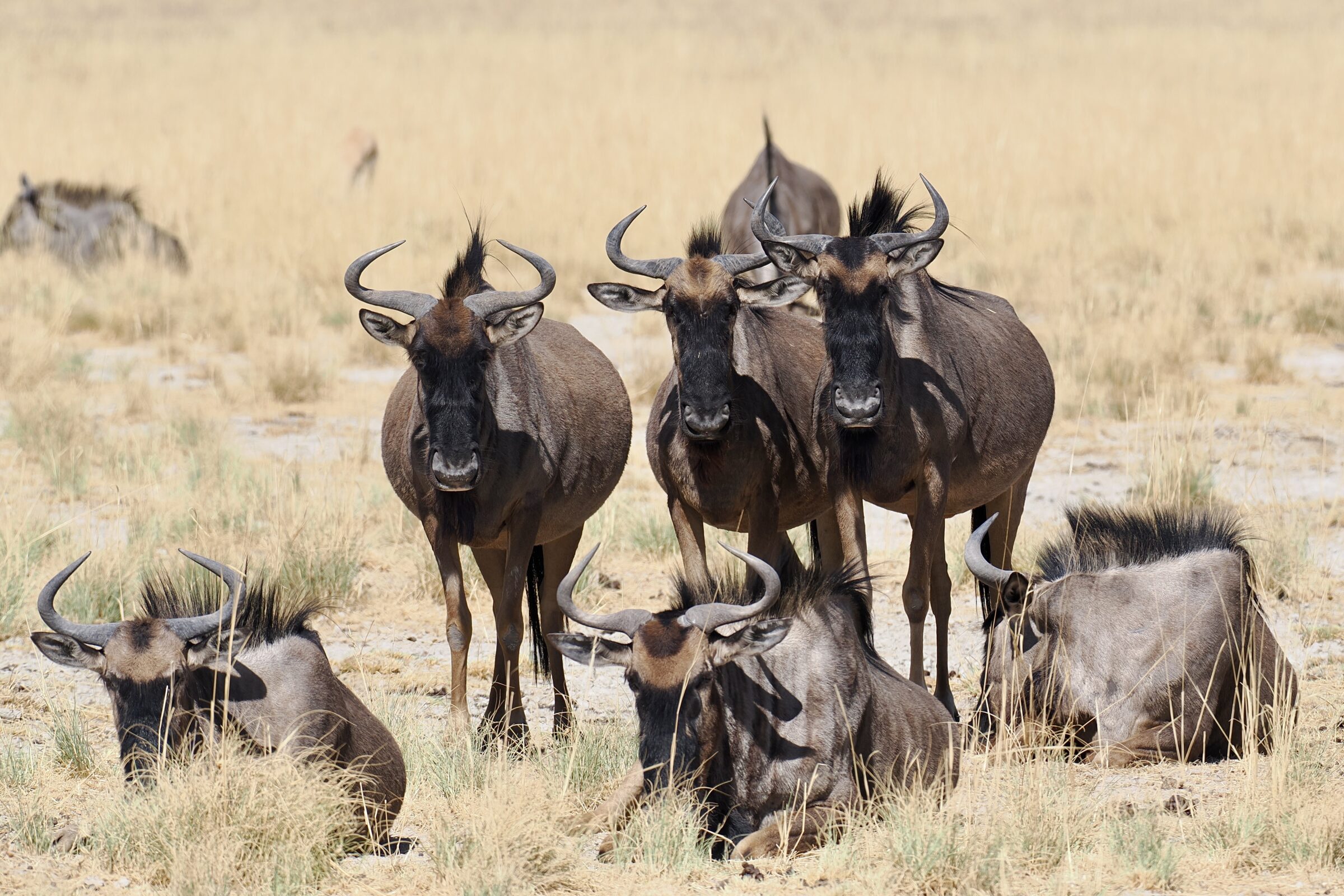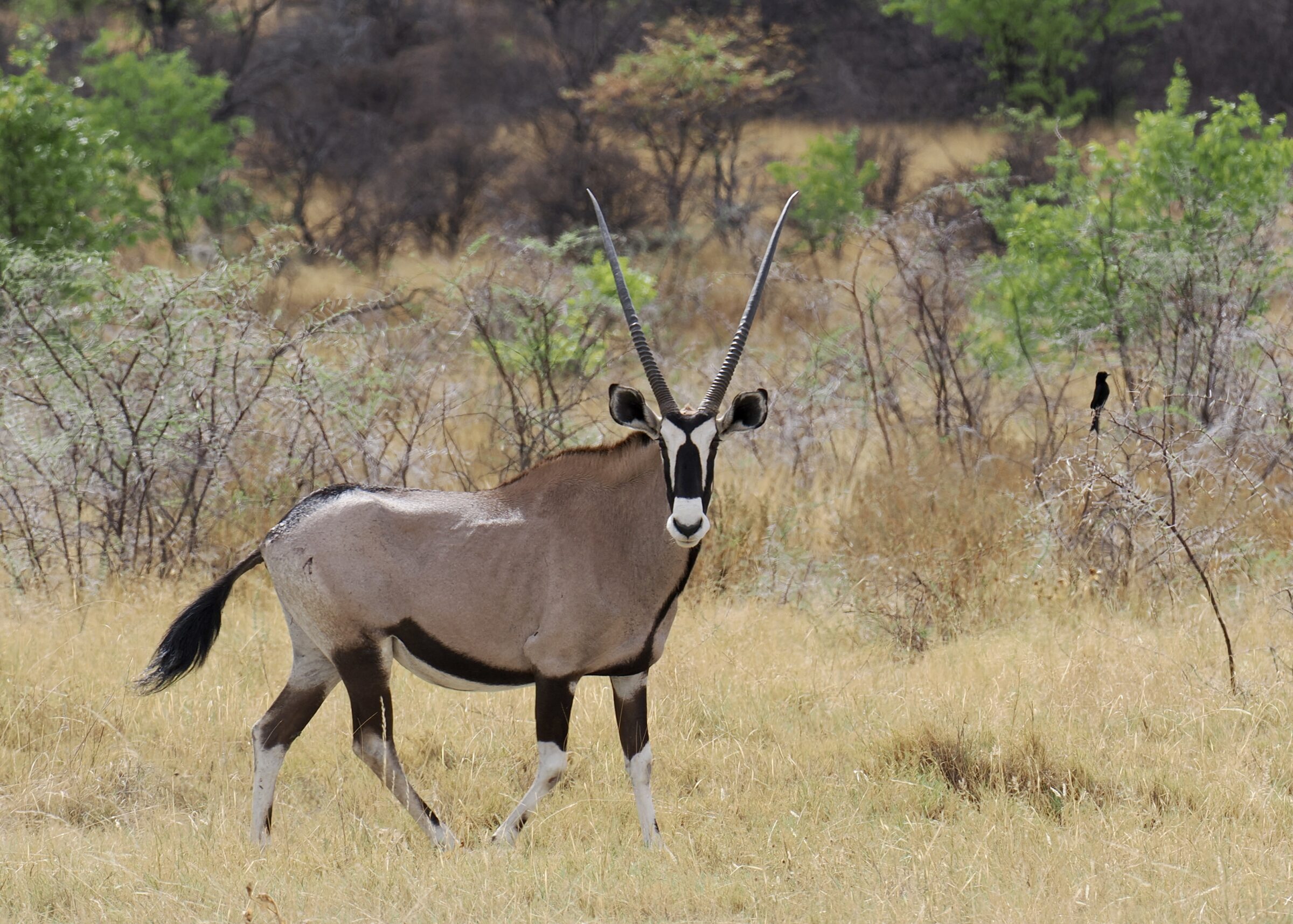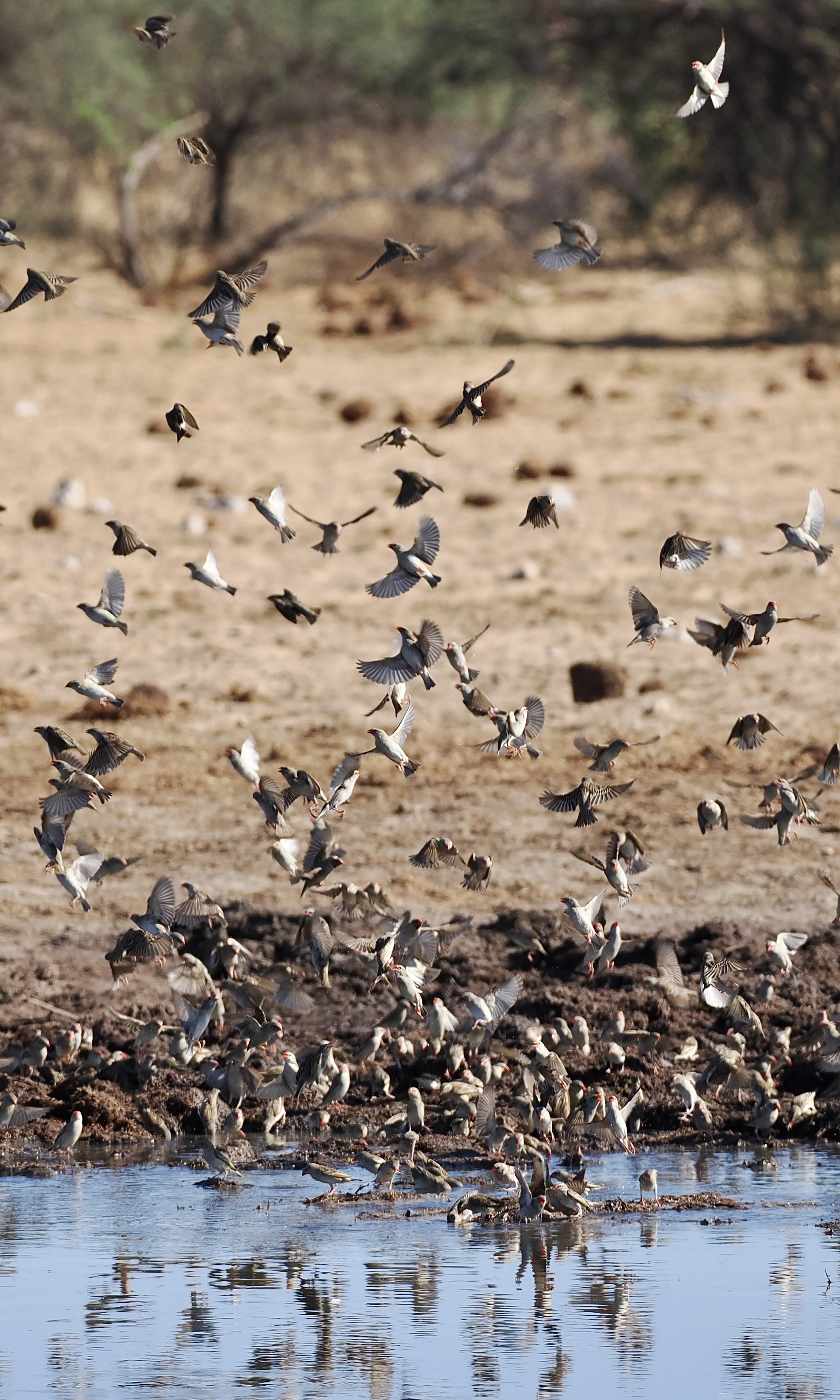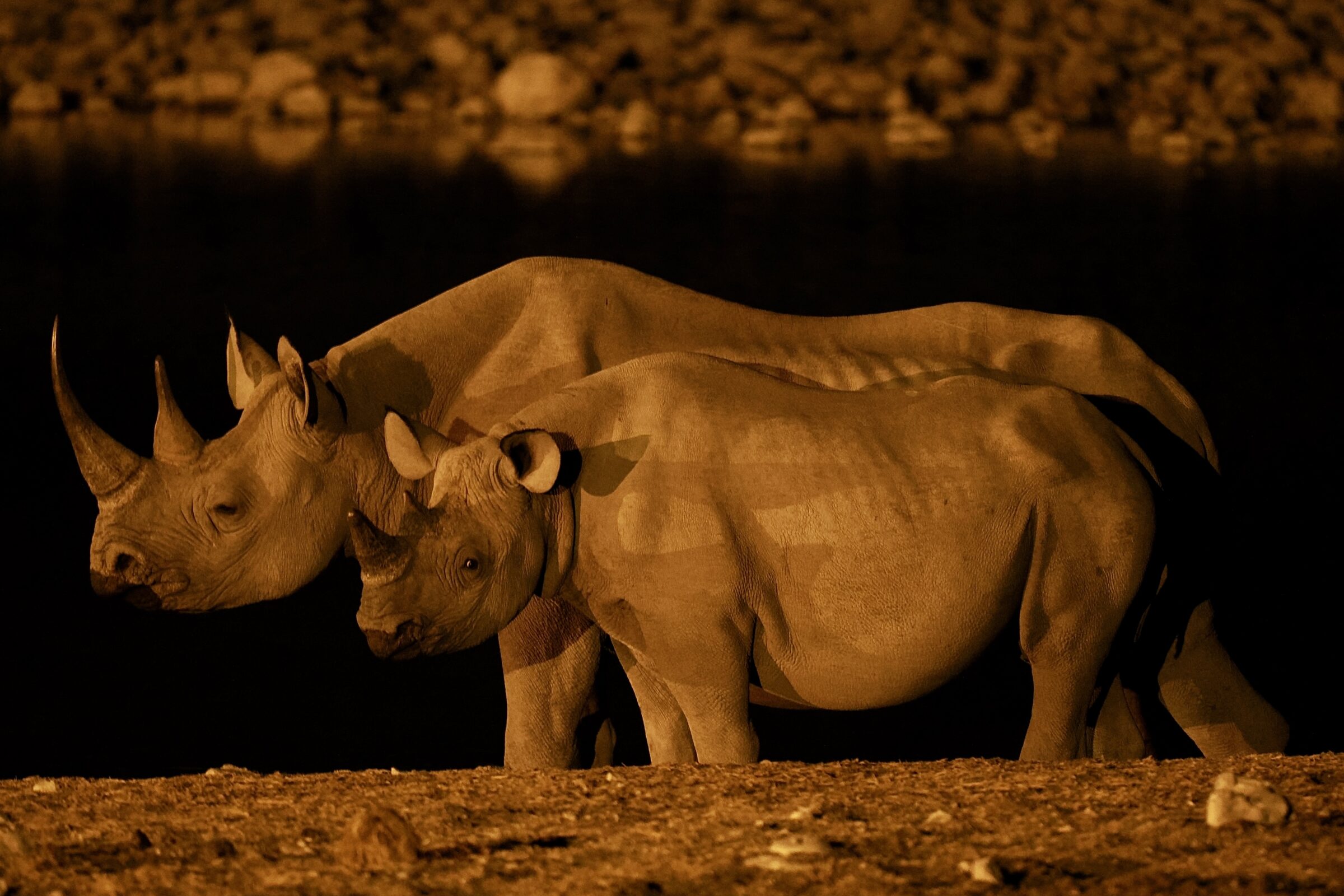Giraffes harvest most of the water they need from the leaves they eat, so they do not need to drink every day.
However, they do need to drink.
On that occasion, the current world’s longest necks are “not long enough”.
As every lion and crocodile knows, the only occasion when it is a good idea to “move in for the kill” on an adult giraffe is when that giraffe is drinking.
Every giraffe is acutely conscious that his or her “killer kick” defence system is entirely disabled whenever s/he has to splay his/her legs to enable his/her neck to reach down far enough to make drinking possible.
Comments closed